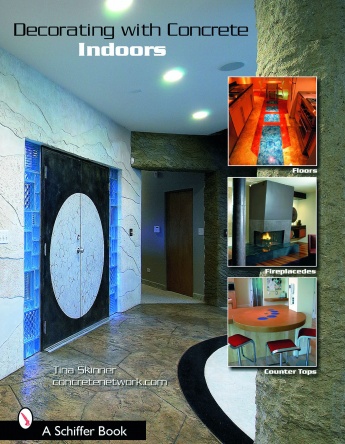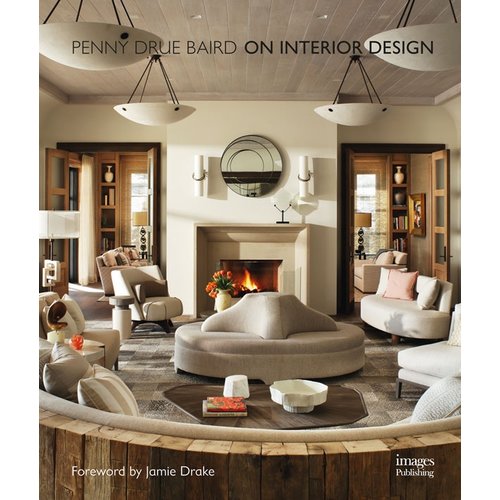How You Can Sell With Green Building Trends

A tour group visits the 2010 HGTV Green Home in Plymouth, Mass., earlier this year. The home features sustainable flooring provided exclusively by Shaw Industries.
The recently completed National Association of Home Builders (NAHB) survey of new homebuyers provides a clear image of the importance of green building products to them. Sixty-one percent of respondents said they want to incorporate green building products and green interior design products into their new home.
Now, consider the remodel consumer: 30% of them are willing to pay more for clean, green products over non-sustainable choices. These are huge percentages with multi-faceted significance for those selling interior home furnishings.
The message of green design can be condensed to: “People, Planet, Profit” as the perfect order of how we should think, design and sell. Following LEED guidelines is one way to achieve that perfect order.
Here is a quick review of the key green home components as published by NAHB, based on LEED guidelines:
Energy-Efficient Features – Appliances, windows, and water heating systems with the ENERGY STAR rating characterize this green point. Efficient lighting systems also contribute to energy efficiency. And don’t forget photovoltaic electricity, making good use of the sun’s rays to power a home. But how does this interpret to floor coverings?
The key industry manufacturers already have conservation practices in place. They’ve invested significant dollars to run energy-efficient plants. As a retailer, it’s your job to learn about these practices and integrate the story into your product’s value when selling your services to your customers. It’s real, it’s relevant, and your green customers care more than you might think.
New homes that are built to be sustainable might even be better for the flooring you are selling. For example, products like Huber’s ZIP System roof and wall sheathing can offer optimal moisture management and superior air barrier performance. These products can offer better control of the conditions that cause changes in hardwood flooring, such as temperature and humidity changes.
Water-Efficient Features – Low-flow shower heads, faucets, and toilets, and ENERGY STAR dishwashers and laundry appliances all conserve water. How can retailers affect water efficiency?
Water is a critical component in most flooring manufacturing processes. Verify with your manufacturers that they recycle the water needed to produce their products. All of the major manufacturers are on board with water recycling. Make this part of your product presentation so your customers will feel good about the products they are about to purchase.
Resource-Efficiency Features – Everything from home size, orientation on the lot, and floor plan layout contributes to efficiency in this category. Homeowners want to make use of natural light as much as possible to reduce lighting needs and contribute to natural heating in winter months and cooling in summer months. Your floor covering specialists can also shine and score higher green points in this area.
Here are some suggestions: Matching the lighting to the flooring products is key to satisfying your client’s green products wants. Installing the wrong flooring products in areas subjected to extreme sunlight can be disastrous. Here’s where your expertise and product knowledge come into play. For example, solution-dyed nylon carpets, as well as the new generation polyester and polypropylene carpets, are colorfast and recyclable. This dual advantage is huge in satisfying Resource-Efficiency requirements.
You will want to get these products into the spotlight in your in-store promotion and advertising programs. Consider using point-of-purchase materials on your sales floor to draw more attention to them. Recyclable means “big story -- big rewards.”
A green home absolutely must also include renewable materials. Rapidly renewable wood species are especially desirable, such as bamboo floors, cork floors, and hardwoods from FSC-Certified and Sustainable Forestry Initiative (SFI) sources. Focus on tile and stone selections that contain recycled content and come from a local manufacturer (which reduces fuel usage and air pollution from vehicle transport). Be selective in choosing products for your floor. Choose your vendors carefully, look at the proximity of their manufacturing plant or distribution center, and find out what green practices they use in the manufacturing process.
Additionally, if your showroom/store sells countertops, do not lavish all of your attention on laminate and stone. Look to tempered glass counter designs (they are a hot commodity according to the National Kitchen & Bath Association). And don’t forget about concrete countertops. Both of these options are environmentally–friendly. Concrete (for both floors and counters) scores points in resource-efficiency and indoor air quality, because of the low emission sealants and dyes used.
Indoor Air Quality Features – The heating, ventilation and air conditioning system (HVAC) must be appropriately sized for an efficient and properly ventilated home. Fans in the kitchen and bathrooms should cycle fresh air inside, and release stale air. Low VOC paints and finishes should be used as well. How can floor covering specialists affect this green point?
Do your homework on the adhesives and sealants you supply for your installations. They should all feature low-emitting materials that contribute to good indoor air quality. And, reassure your customers of the findings from the Carpet and Rug Institute that carpet and pad have very low VOC emissions, which dissipate shortly after installation. All testing validates that new carpet is, in no way, harmful to consumers’ health. Loose fibers are not lightweight enough to be airborne or inhaled.
Speaking of carpet, California’s Carpet Stewardship Bill, AB 2398, was recently signed into law. It requires manufacturers who sell products in the state to establish a stewardship plan with California for carpet recycling. Manufacturers will also need to charge a tax of 5 cents per square yard on all carpet sold in the state. This tax will be remitted quarterly to the Carpet America Recovery Effort (CARE), or, with prior approval, retained by the manufacturer for use in its stewardship plan. I know some of you might not be happy with charging consumers extra for a new carpet tax, but the bill is designed to incentivize carpet recycling and reward those who produce marketable products from post-consumer carpet.
Without a doubt, green design is a huge subject. Think outside the box, or perhaps create a brand new box when selling all products. Guidelines are always helpful, but it’s how they pertain to you, in your day-to-day business, that really counts. Drawing the parallels between these guidelines and how they translate to floor coverings is not an easy task. But doing so can help bring in more green, both in products and in cash.
Looking for a reprint of this article?
From high-res PDFs to custom plaques, order your copy today!





